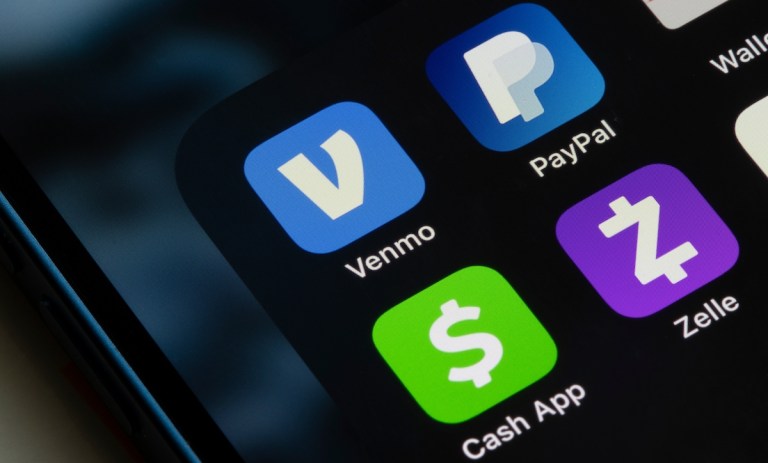The May edition of the PYMNTS Intelligence Real-Time Payments Tracker® Series Report, “P2P Payment Potential: Promoting Convenience While Protecting Consumers,” examined how P2P payments enabled by apps such as PayPal, Zelle, Cash App and Venmo, are transforming how consumers make transactions.
“In the United States, 51% of consumers use P2P payments, as do 52% of residents in the United Kingdom,” the report noted. “While these payments are commonly associated with individuals paying other individuals, they serve a broader range of purposes, including purchasing from small retailers, paying utility bills and making rent payments.”
Findings highlighted in PYMNTS Intelligence’s “Money Mobility Tracker®: Peer Pressure: Balancing Convenience With Compliance in P2P Payments” noted that at least 50% of millennial and Generation Z consumers report using P2P payments for purchases made both digitally and in stores.
A growing number of retail merchants accepts P2P payments. In the food and beverage space, Starbucks’ rewards app accepts payments via Venmo and PayPal, and Chick-fil-A accepts PayPal. Major retailers Walmart and Target accept PayPal too, as do eCommerce marketplaces eBay and Etsy.
Granted, not all online marketplaces’ applications of P2P payments have proven successful. Amazon, for instance, confirmed in December that it would stop accepting Venmo payments.
Advertisement: Scroll to Continue
“Venmo and Amazon have agreed to disable Venmo as an option to pay on Amazon at this time,” a PayPal spokesperson told PYMNTS at the time. “Customers can continue to add their Venmo debit card or credit card to their Amazon wallet to pay on Amazon. We have a strong relationship with Amazon and look forward to continuing to build on it.”
P2P cuts out the need for credit cards, which can be a barrier for some customers who may not have them or prefer not to use them. This broadens the potential customer base for retailers.
Plus, P2P payment systems are designed for quick and easy transfers of funds. Many consumers find these systems more convenient than traditional payment methods like cash or checks. They typically integrate seamlessly with mobile devices, allowing for instant payments without the need for physical cards or cash.
Moreover, P2P payment platforms are often integrated with other financial services, such as digital wallets, loyalty programs or social media. This integration can enhance the shopping experience by making it easier to manage finances and take advantage of special offers or discounts.
In an interview with PYMNTS for the May Tracker®, Matt Freeman, senior vice president of digital payments at Navy Federal Credit Union, said bank-owned P2P payment providers such as Zelle have additional benefits.
“By using services like Zelle and going bank to bank, you’re shortening the number of steps necessary in order to make the payment, to move those funds, to withdraw that cash,” Freeman explained. “While you can withdraw money from your Venmo account and put it into your checking account, those often come with fees or delays that you can avoid just by using a service like Zelle.”
For all PYMNTS retail coverage, subscribe to the daily Retail Newsletter.
